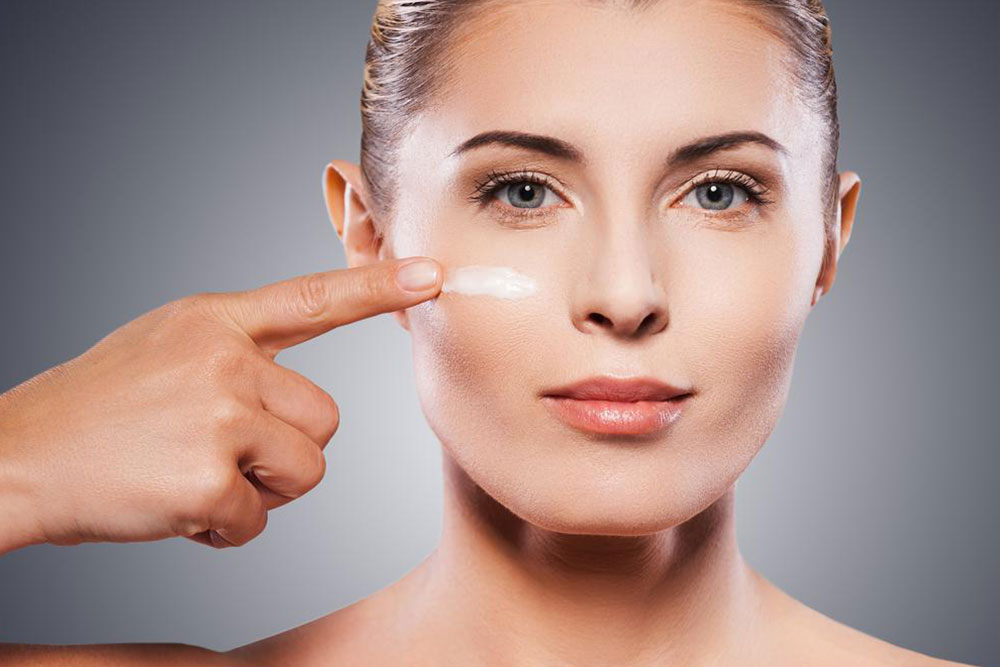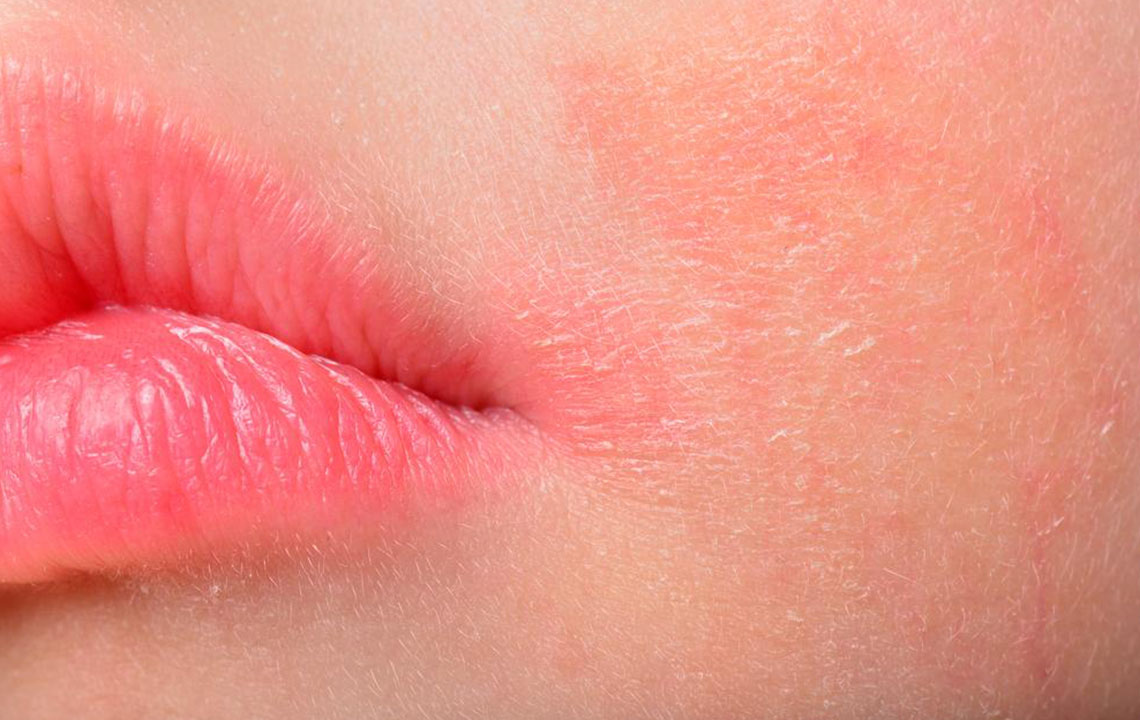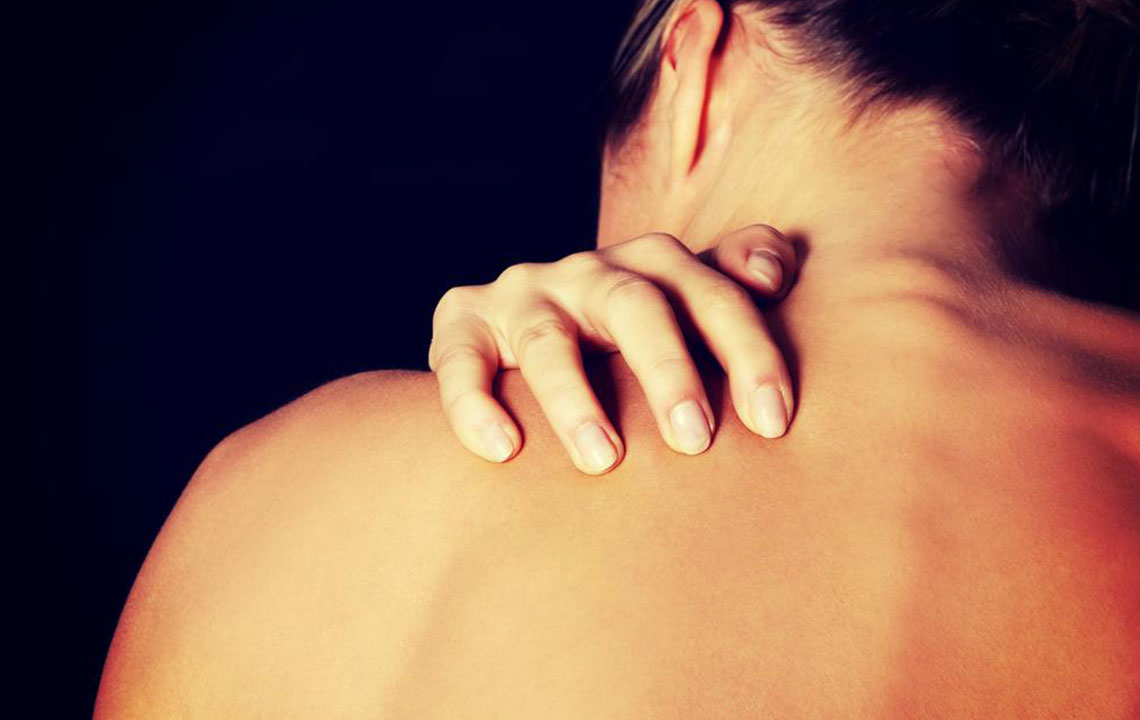Effective Strategies for Controlling Deep-Seated Acne
This article discusses effective strategies to manage cystic acne, including professional treatments like injections and laser therapy, as well as home remedies such as warm compresses, tea tree oil, and dietary modifications. Consulting a dermatologist is essential for tailored care, healing, and scar prevention. Natural remedies and lifestyle changes can ease symptoms and promote healthier skin. Always seek expert advice for persistent or severe acne to ensure safe and effective treatment outcomes.

Effective Strategies for Controlling Deep-Seated Acne
Deep-seated acne, often called cystic acne, is a prevalent skin concern among teenagers and young adults. It manifests as large, painful bumps beneath the skin surface, often leading to scarring if untreated. This severe form of acne results from blocked pores caused by excess oil, bacteria, and dead skin buildup. Though it takes longer to heal, appropriate treatment and care can significantly improve the condition.
1. Treatment Approaches
If cystic acne recurs frequently or persists, consulting a dermatologist is crucial for effective management and scar treatment. A skin specialist can recommend tailored treatments to accelerate healing and prevent scarring.
Doctor-prescribed treatments: Skilled dermatologists often administer injection treatments directly into cystic lesions to reduce inflammation and promote healing. They may also drain large cysts using sterile tools to minimize scars and infections. Avoid attempting to pop or drain cysts at home; always seek professional assistance.
Laser Therapy: Laser treatments target bacteria responsible for severe acne and stimulate collagen production, which helps lessen scars and speed up recovery.
2. Home Remedies for Deep Acne
Alongside dermatologist guidance, natural remedies can alleviate symptoms and support healing. These options are easy to try at home to ease discomfort and promote skin recovery.
Warm Compress: Applying a warm cloth helps ease pain and reduce swelling. Soak a clean cloth in warm water, squeeze out excess moisture, and gently press against the cyst for 10-15 minutes. Repeat as needed throughout the day.
Tea Tree Oil: With antibacterial properties, tea tree oil can be beneficial. Use a diluted mixture of tea tree oil and a carrier oil like coconut or jojoba oil, then apply with a cotton swab. Conduct a patch test before use to prevent irritation.
Apple Cider Vinegar: Known for antimicrobial effects, dilute apple cider vinegar with water (equal parts), and apply with a cotton ball. Leave for 10-15 minutes before rinsing. Patch testing is recommended to avoid skin reactions.
Aloe Vera: The soothing nature of aloe vera helps reduce inflammation. Apply fresh gel directly from the plant to the cyst, leave for 20-30 minutes, then rinse off. Repeating twice daily can enhance healing.
3. Dietary Adjustments for Skin Health
While hormonal changes and genetics largely influence cystic acne, diet plays an important role in prevention and management. Simple modifications can boost skin health and reduce flare-ups.
Fruits: Berries like strawberries, blueberries, and cherries, rich in antioxidants and vitamins, combat acne-causing inflammation. Vitamin C-rich fruits such as oranges aid in healing and reducing swelling.
Nuts: Almonds and walnuts contain omega-3 fatty acids vital for maintaining skin elasticity and reducing inflammation.
Yogurt: Probiotic-rich yogurt supports gut health, which can positively influence skin conditions and reduce breakouts.
Always consult a dermatologist before undertaking new treatments or significant dietary changes to ensure safety and effectiveness. An expert can customize a plan suitable for your skin type and condition.










